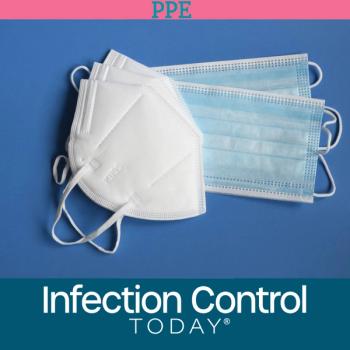
Variations in Antibiotic Prescribing of Acute Rhinosinusitis in Ambulatory Settings
Antibiotics for acute rhinosinusitis (ARS) are prescribed frequently especially for younger adult patients and in primary care settingsdespite recent consensus guidelines that discourage antibiotic use in mild cases, according to a study in the May 2013 issue of OtolaryngologyHead and Neck Surgery.
"These variations should be of high relevance to policy makers, patients, and clinicians, with implications for payment for quality," the authors state.
The authors set out to identify national variations in using antibiotics to treat ARS. Study data were taken from outpatient visits between 2006 and 2009, from the National Ambulatory Medical Care Survey and National Hospital Ambulatory Care Survey. Sample data included outpatient visits of adults diagnosed with ARS who visited otolaryngologists or primary care physicians.
Citing prior research, the authors note that treating uncomplicated ARS with antibiotics has three fundamental limitations: Bacterial infections are thought to complicate a small proportion of cases; excessive antibiotic use is associated with consequences to individuals, including allergic reactions and medication side effects; and excessive antibiotic use is associated with consequences to society in the form of unnecessary costs and increasing bacterial resistance.
The data reflect several prescribing patterns for ARS patients. Physicians prescribed antibiotics in 82.3 percent of visits despite established clinical practice guidelines recommendations against the use of antibiotics for many ARS cases. Broad-spectrum types of medications are favored although other types may have fewer side effects, and prescription rates were inversely related to patient age.
Because the duration and severity of symptoms were not recorded, the authors caution that conclusions cannot be made about the validity of decisions to prescribe antibiotics.
In summary, the authors concluded that the findings highlight the importance of promoting clinical practice guidelines. "Future studies including an analysis of the cost burden of ARS, clarification of the prevalence of bacterial infection in ARS, and characterization of which ARS patients benefit from antibiotics are warranted."
Newsletter
Stay prepared and protected with Infection Control Today's newsletter, delivering essential updates, best practices, and expert insights for infection preventionists.






